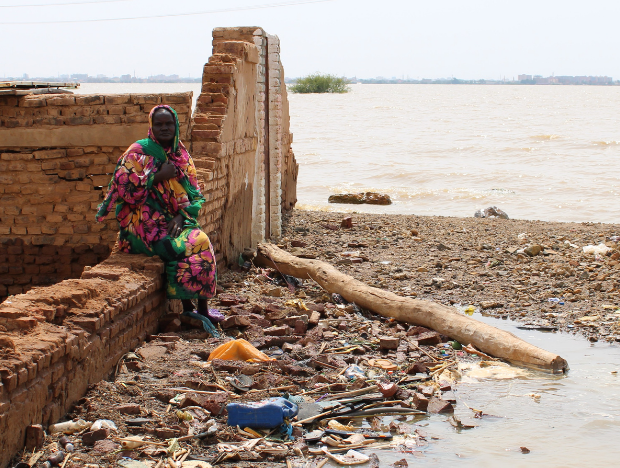Protracted Refugee Situations Explained
Globally, a record 70.8 million people have been forcibly displaced from their homes. Forced to flee with few possessions, many refugees will spend years - sometimes decades - in exile, living in refugee camps, makeshift shelters or crowded apartments in cities. With limited opportunity for work, and with any savings long depleted, refugees suffering through protracted crises are exceptionally vulnerable.
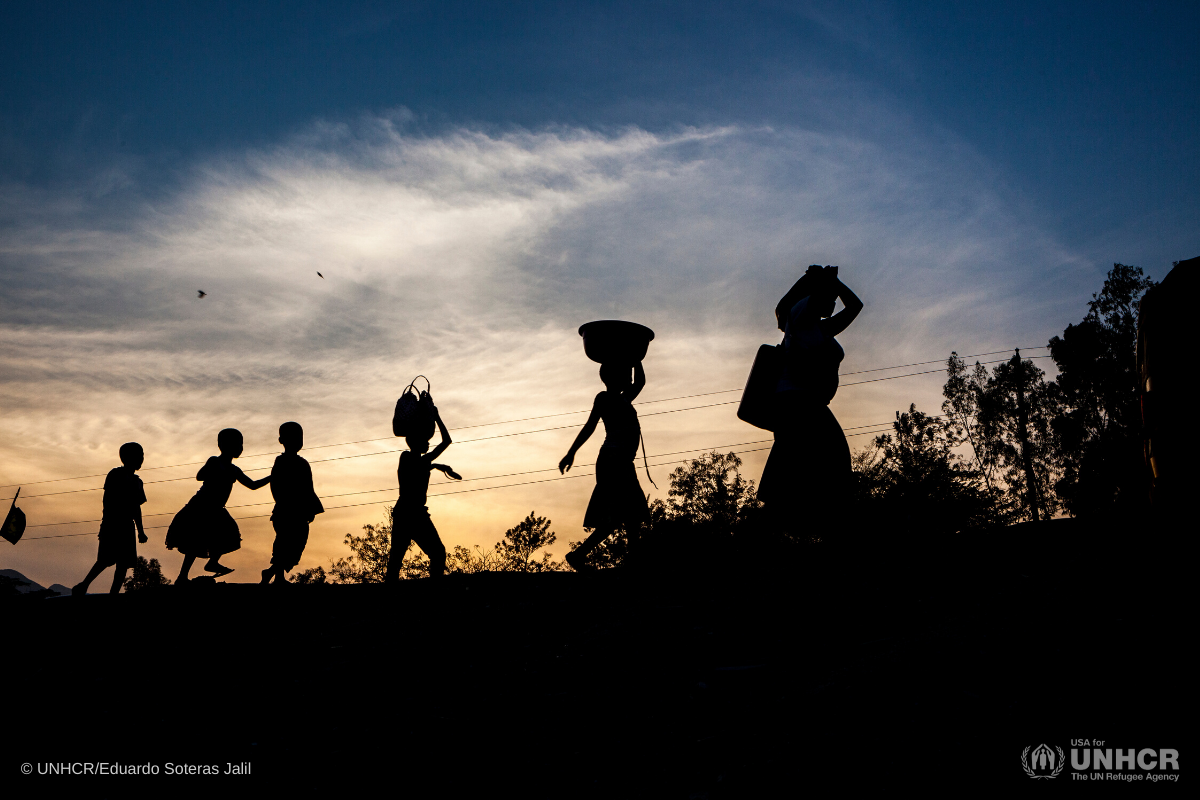
Here's What You Need to Know:
1. What is a protracted refugee situation?
2. How many refugees are living in protracted situations?
3. What happens to refugees living in protracted situations?
4. What is the solution to end a protracted refugee situation?
5. What is UNHCR doing to help refugees in long-term situations?
1. What is a protracted refugee situation?
Protracted refugee situations are those in which at least 25,000 refugees from the same country have been living in exile for more than five consecutive years. Refugees in these situations often find themselves trapped in a state of limbo: while it is not safe for them to return home, they also have not been granted permanent residence to stay in another country either.
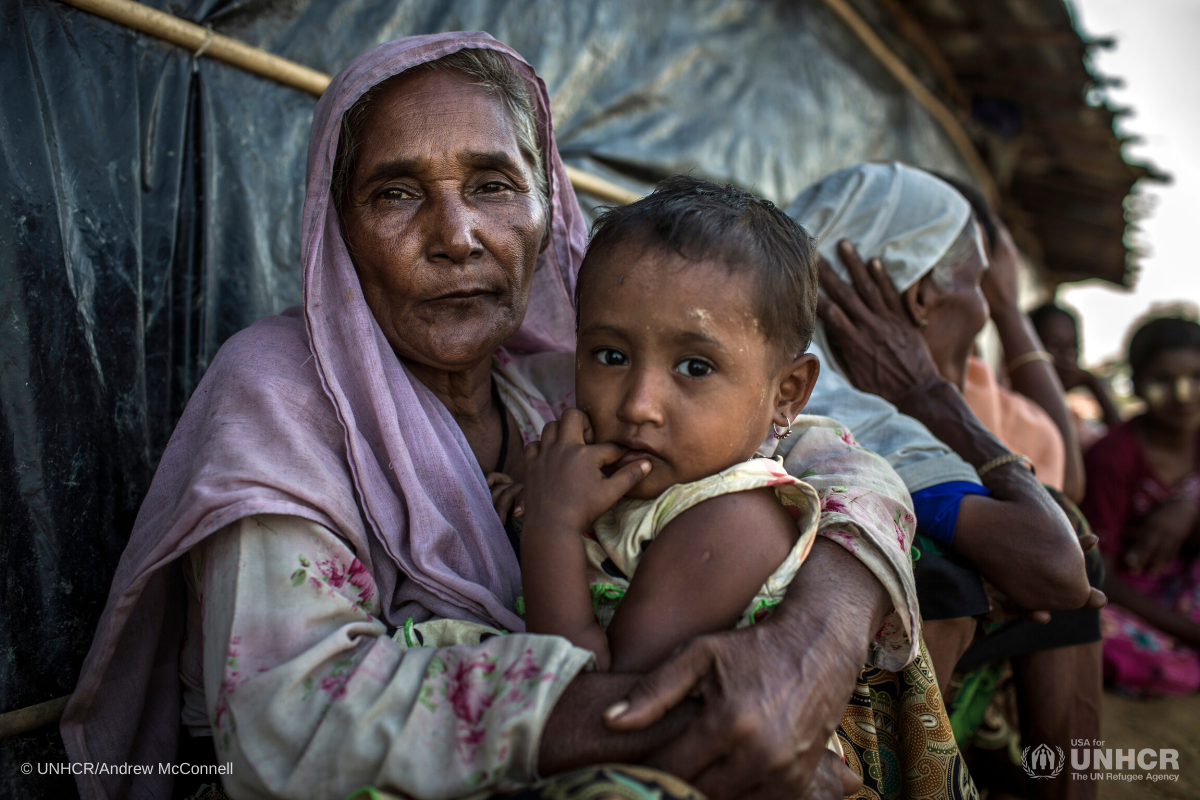
2. How many refugees are living in protracted situations?
In the beginning of 2019, nearly 16 million people were in a protracted refugee situation. This is a 12 percent increase compared to the previous year and represents approximately 78 percent of all the refugees displaced worldwide.
It is not uncommon to see entire generations of families spending their lives in refugee camps. Iran and Pakistan, for example, are one of the longest protracted situations as they have hosted approximately 2.4 million Afghan refugees for the past 40 years.
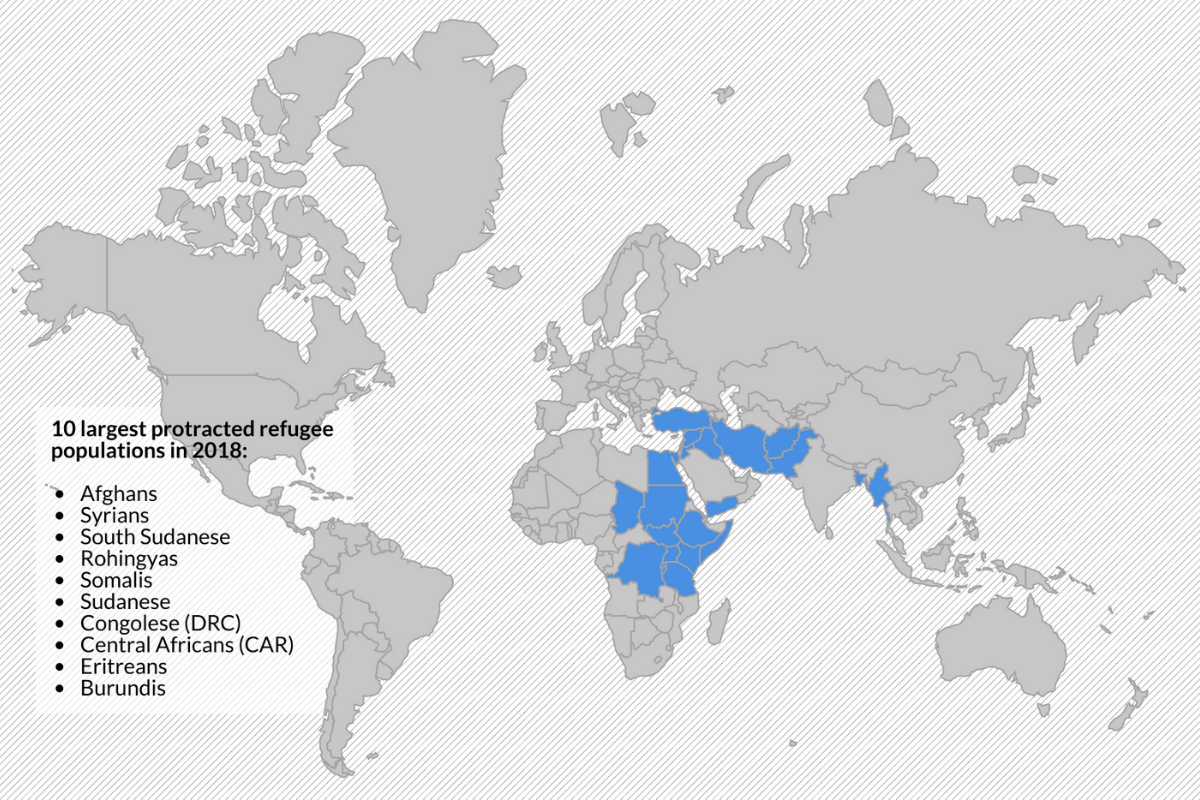
3. What happens to refugees living in protracted situations?
Refugees trapped in these situations often face significant protection challenges and restrictions on their rights. They may be deprived of freedom of movement, legal employment, access to land and systems of justice. Children may also have limited or no access to an education.
The lack of economic opportunities may force displaced families into dangerous coping mechanisms. Women and children are especially vulnerable to child and early marriage, child labor and sex trafficking.
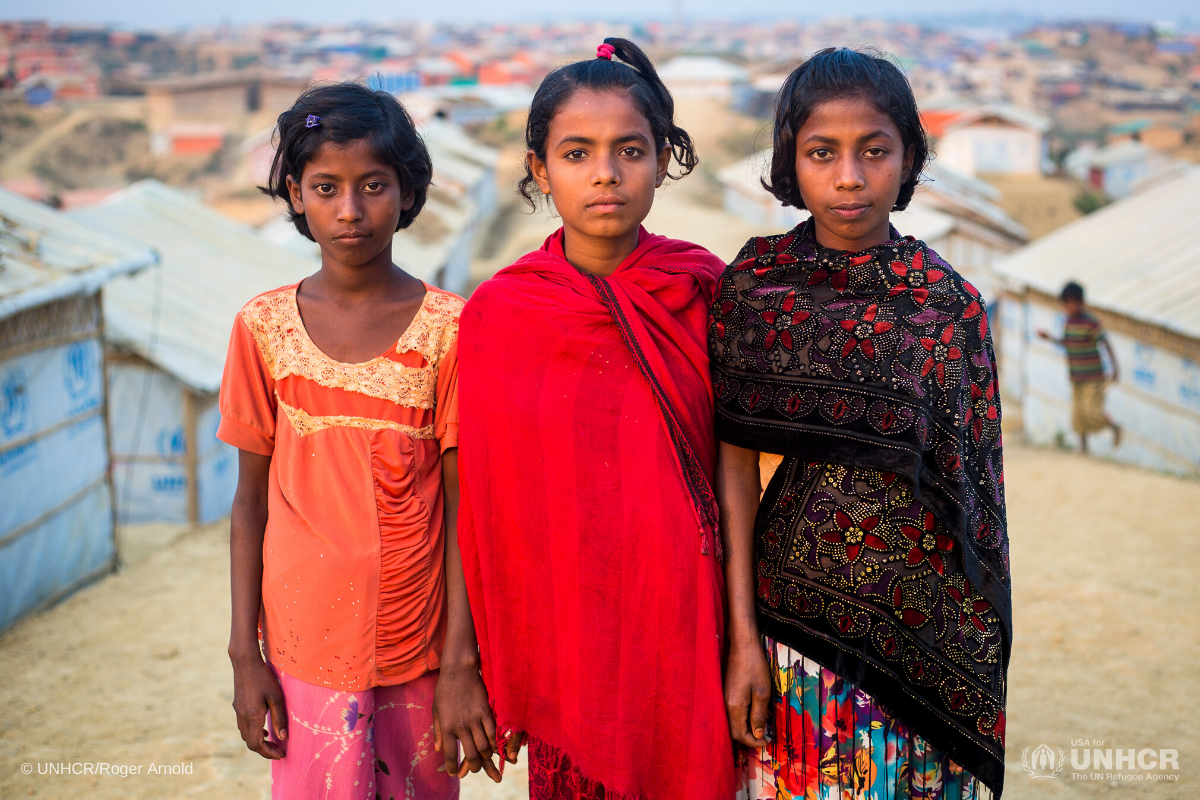

4. What is the solution to end a protracted refugee situation?
Protracted situations require durable solutions for refugees to ensure they can rebuild their lives with dignity. There are three possible durable solutions: voluntary repatriation, resettlement to a third country or local integration.
- Voluntary repatriation to their home country is usually the best solution for refugees, but it can only be an option if refugees can safely return to their home countries. Repatriation cannot be forced on an individual and must be supported by both countries of origin and asylum.
- Local integration is an alternative for those who can’t return home. It allows refugees to remain and become citizens of their country of asylum.
- Resettlement allows refugees to move to a third country that has agreed to grant them permanent residence. The most vulnerable refugees are prioritized for resettlement. Fewer than one percent of refugees are ever resettled to a third country.
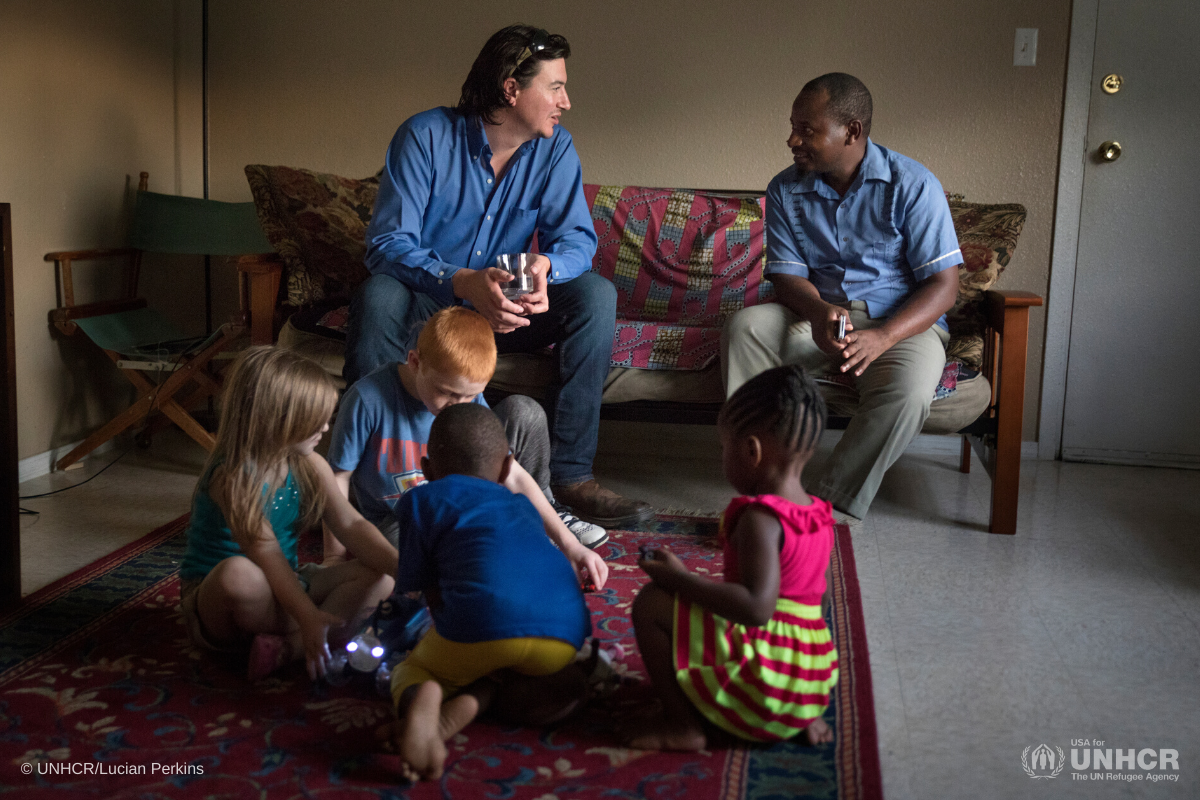
5. What is UNHCR doing to help refugees in long-term situations?
In protracted situations, the UN Refugee Agency moves beyond the initial emergency phase - where the focus is on lifesaving protection and assistance - to ensure refugees residing in refugee camps and urban settings are protected during all stages of their exile. This includes reinforcing shelters and local infrastructure, improving the quality of basic services, - such as water, health and education facilities - delivering skills training programs, boosting livelihood opportunities and promoting integration with local communities.
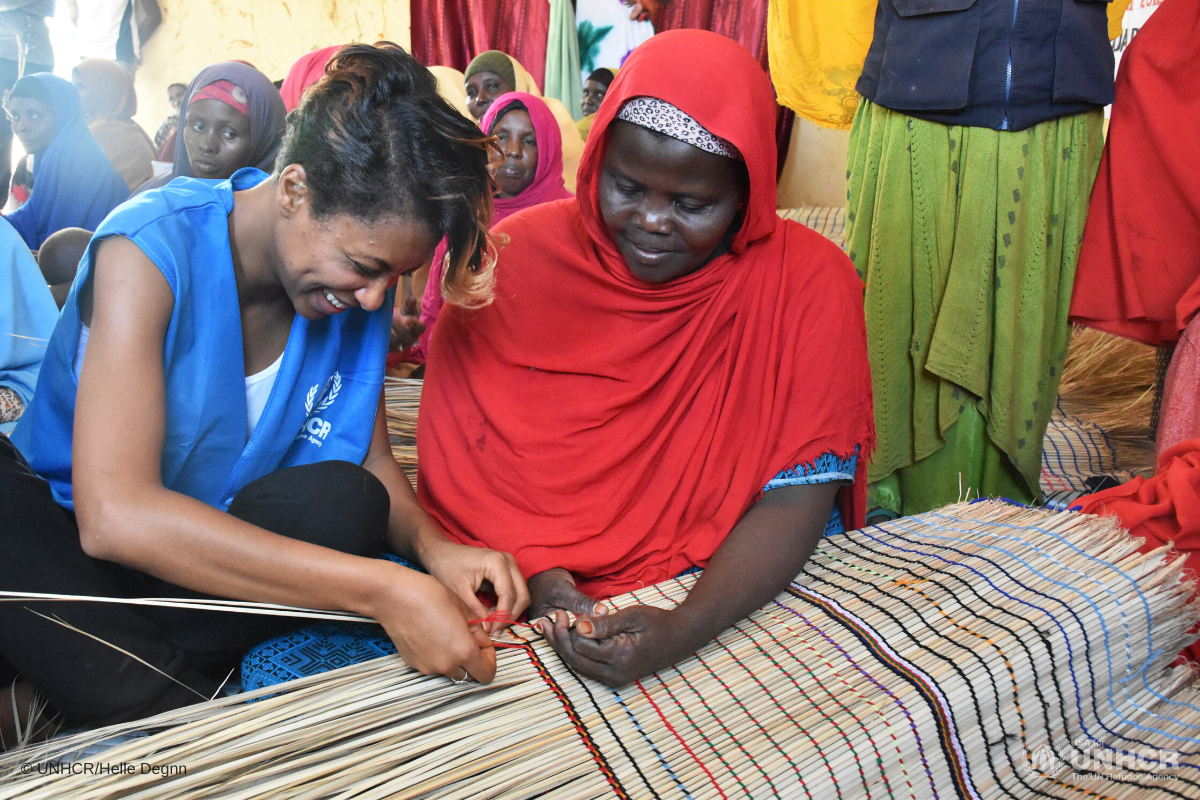
How you can help:
The best way to support refugees in protracted situations is to become USA for UNHCR’s newest monthly donor. Please make your first gift today and help create opportunities for those who need it most.

